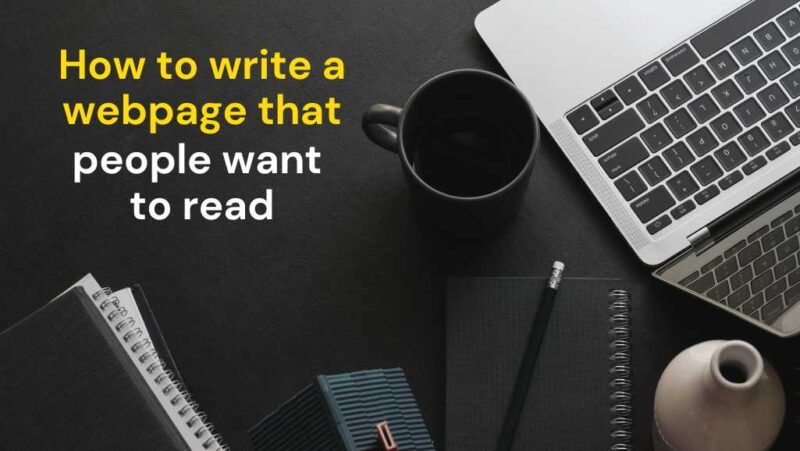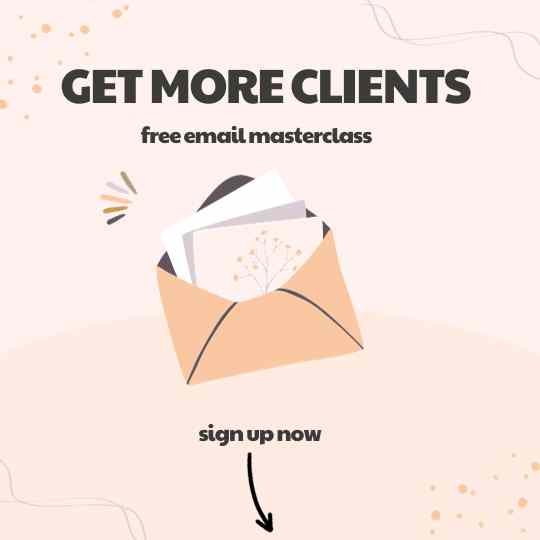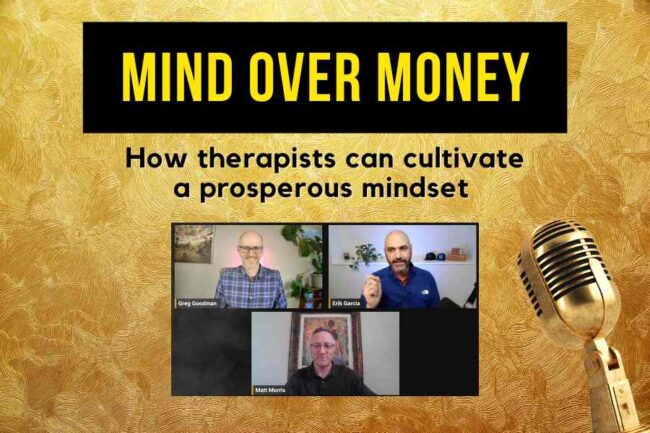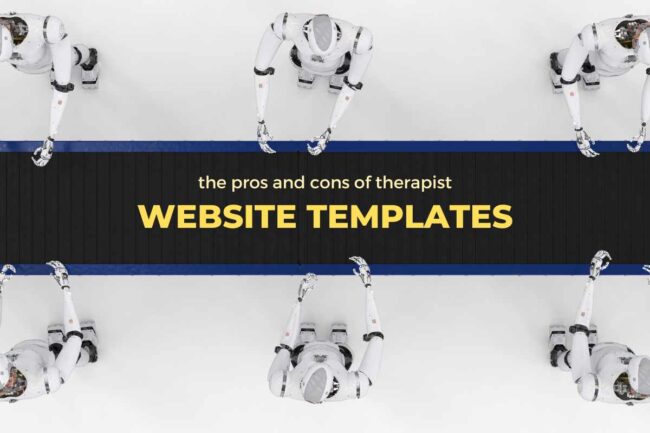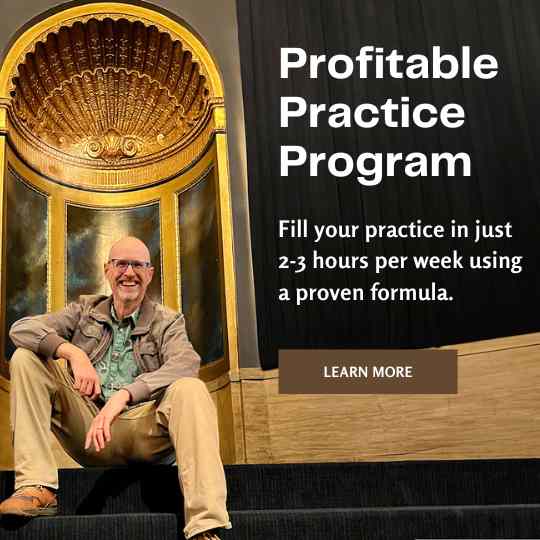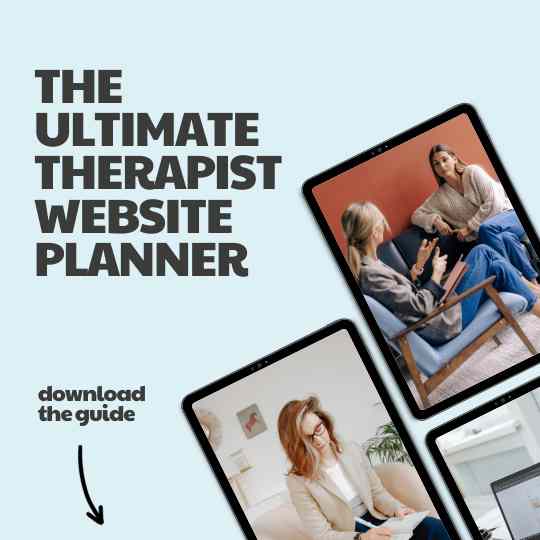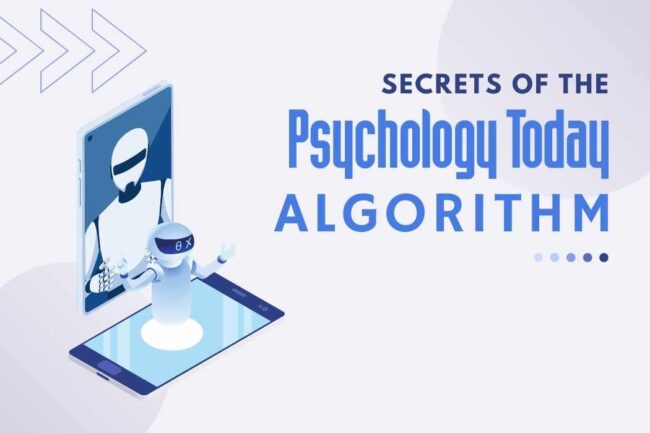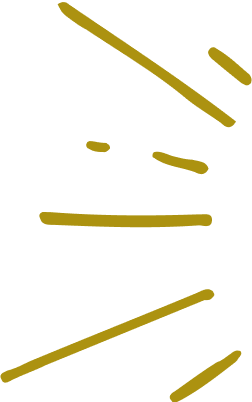People spend roughly 37 seconds reading a web page
Start your timer …. now.
Considering the average page has 1,050 words, most people miss the majority of what you write. So how do you inspire them to read more? What’s the secret to creating web pages and blog posts that embrace our short attention spans? Here are a few of the most effective techniques:
- Tell a complete story in your headings
- Write short paragraphs and sentences
- Include bullet and numbered lists
- Ask and answer common questions
- Break up paragraphs with callouts
- Place photos between sections
1. Tell the whole story in bold headings
No one enjoys looking at dense walls of text. That’s why it’s essential to break up your page with bold headings and subheadings. In addition to telling your primary story, they help guide the reader’s eyes. Callouts and photos also do a good job of breaking up that text – more on that later.
43% of people skim a blog post or web page¹
One powerful technique is to ask a question in the heading – then, answer it in the subheading below. In between those headings and subheadings, you can provide paragraph text that fills in the blanks. If someone wants to read it, they will. Otherwise, they will just glance at the headings and subheadings to get all the info they need.
Let your creativity shine in your headings and subheadings. Creating a unique spin will keep your audience glued to your content. Make it as interesting and useful as possible – to ensure that they want to read your content.
The perfect blog post combines great writing, creative typography, and effective design.
2. Use short paragraphs and sentences
Something my friend with an editor salary mentioned to me before is that your audience wants quick and easy access to the information they’re looking for. Brevity and clarity are key elements to keeping your audience attentive. First, you draw them in with effective headings and callouts. Then, you expand on what they need to know. For best results:
- Sentences should be capped at 20 words
Long sentences make most readers stop reading. - Paragraphs should be 3-4 sentences
If you must have a long sentence, consider having it stand alone. - Sections should be 2-3 paragraphs
Anything longer needs a callout to break it up.
3. Use Clear and Simple Language
Avoid technical terms or jargon. Odds are, your readers are not familiar with the specifics of your business. Instead, write like you are explaining everything to a child. How would they describe what you are talking about? How can you educate them without losing their attention?
If you get stuck and find yourself staring at the screen, unsure of how to rewrite your copy, try using a free online paraphraser. These powerful apps can take your source material and convert it into something that’s far easier for your readers to understand.
4. Put important info in lists
The human brain loves lists and bullet points. They make us subconsciously happy. Bullet points signify a complete, contained, discrete thought.² If you don’t use a list, your reader has to process a long sentence with a bunch of commas.
- When you use bullets or numbered lists, you help your readers identify relevant information.
- You help them zero-in on pertinent data and topics of interest.
- You can use these for better readability.
5. Use callouts to break up walls of text
Callouts are a short string of words that you want to highlight. These can be quotes, calls to action, important bits of information from your post, links to related resources, etc.
Look at me — I’m a callout!
By using a callout, you draw your readers’ attention to important information with your blog post. To make a useful callout, you should limit your words to 10-15 words. For each post, we recommend two to six callouts, depending on your article length.
6. Place interesting images every 2-3 sections
Choose photos, illustrations, and infographics that grab your reader’s attention. They should entertain, evoke strong emotions, and keep readers focused. Don’t pick random pictures. Use ones that add to the story you’re telling in headlines and callouts.
As the timeless adage goes, “a picture is worth a thousand words.” This is especially true in blog posts, where people are far more likely to look at your pictures than they are to read your 1,000+ words. Are you even reading this? If so, you’re a part of the minority. Most people just scroll to the photo below …
7. Write to your dream client
Make sure you know who you’re writing to. What writing style resonates most with someone in your niche? Do they like long sentences that are full of extra words? Probably not. They want short sentences. Ones that fill their needs, address their concerns, and tickle their fancies.
Beep boop beep boop.
Your readers won’t read something that sounds like a computer wrote it.
Your posts must be teeming with personality. Be intentional with your choice of words. You want to craft content that will resonate with your audience, so they will be more inclined to like, comment, and share your posts.
8. End with a call to action
Whether you read every word of this article or just skimmed the headings and callouts, you now know how to write an effective web page or blog post. But, what do you want them to do next? What is the action you want them to take?
At Goodman Creatives, we provide copywriting services for therapists and small business owners.
Our words flow like a river and sing like your favorite musician. Let our team of experts create a web page (or website) that inspires your dream client to read every word … and to reach out for help.


